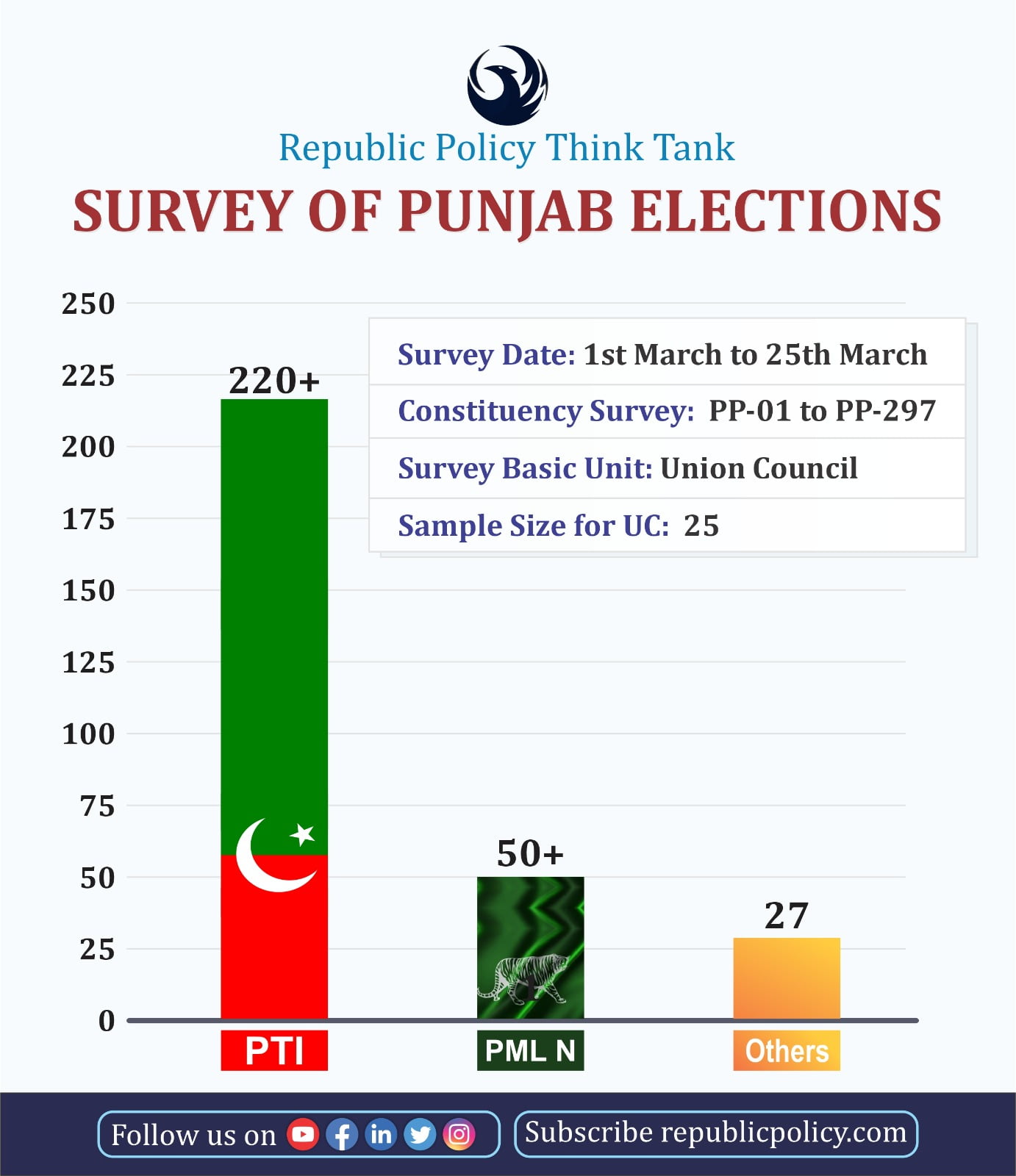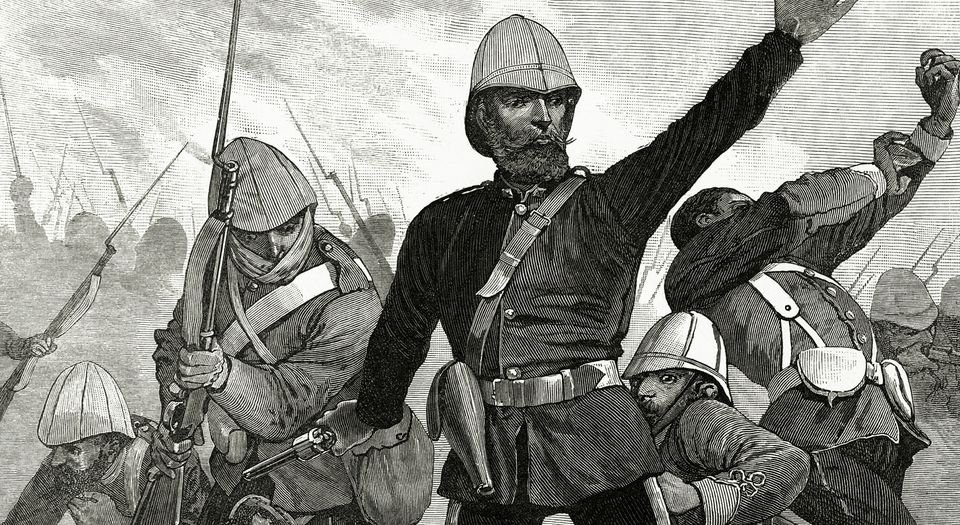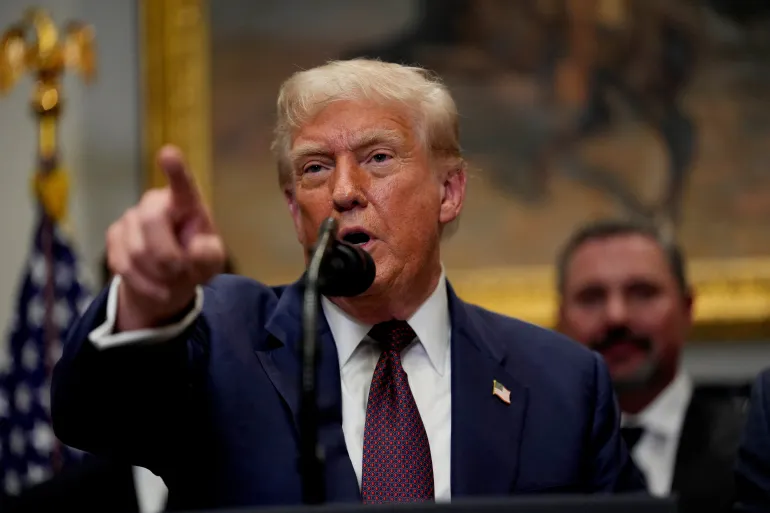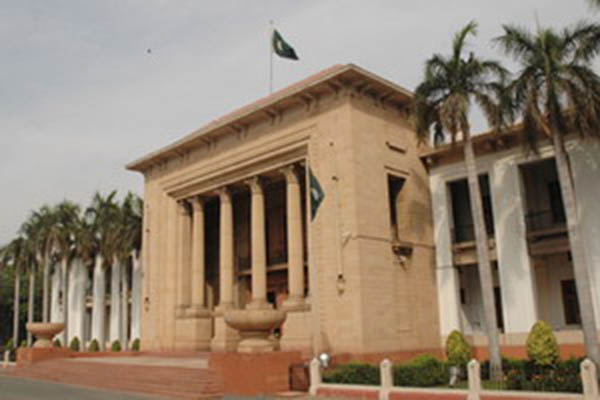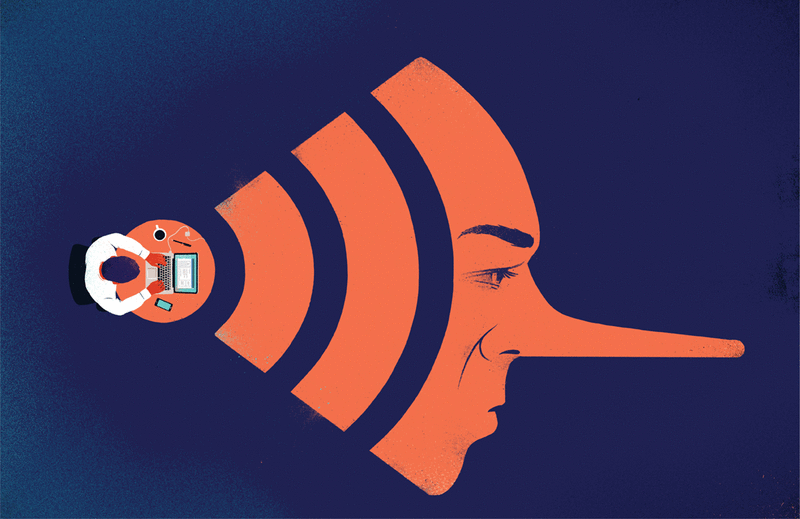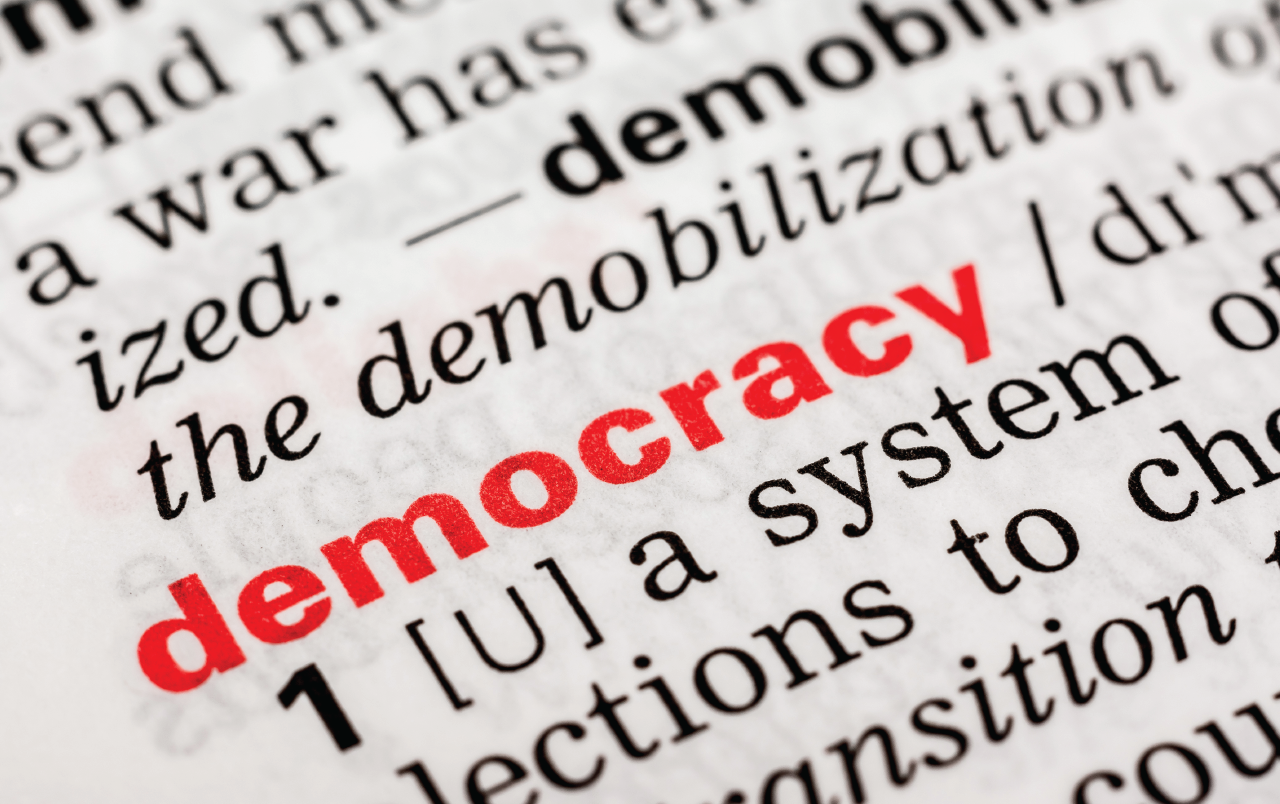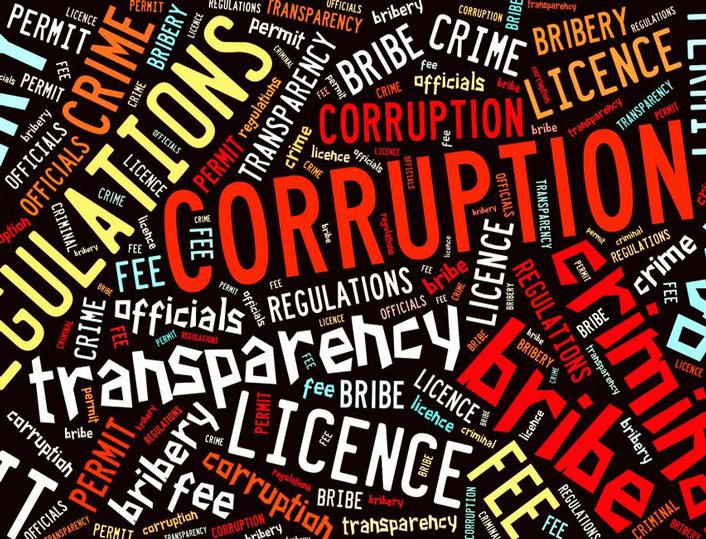Tahir Maqsood Chheena
A survey is a technique to seek accumulative information on a specific question. The measurement of information continuously varies as representative groups of people are targeted. A survey aims to know the trend so that better action plans may be structured. A political survey is always sensitive. It represents the sacred cause of democracy, so impartiality and neutrality are critical. The survey organizers must be dispassionate and work according to the structures of the survey scheme.
Types of Surveys
Following are the five mainstream surveys.
- Face-to-face surveys
- Telephonic surveys
- Paper and pencil surveys
- Social media surveys (normally online)
- Representative surveys
Then, political surveys are the measurement of political trends. Political opinions are constantly changing. Therefore, the authenticity of the surveys remains highly confined to the specific time of the survey. Political surveys always create criticism. Then, surveys are carried out to know the public sentiment. Moreover, political surveys are always subject to multiple factors of electioneering. Pakistani politics is fundamentally constituency politics. Therefore, knowing each constituency is essential for conducting a survey. In constituencies, electives are also important. However, lately, the party vote has dominated even the electives. Now, in Punjab, there are only a few electables who can win constituencies. Yet, strong candidates are required to win the constituencies in Punjab. Polling day, election campaign, political swing and other factors are also important to win elections.
Methodology of the survey:
republicpolicy.com has conducted a constituency-wise survey of all Punjab assembly constituencies. It is purely a party-based survey, and the question is one;
To which political party will you vote?
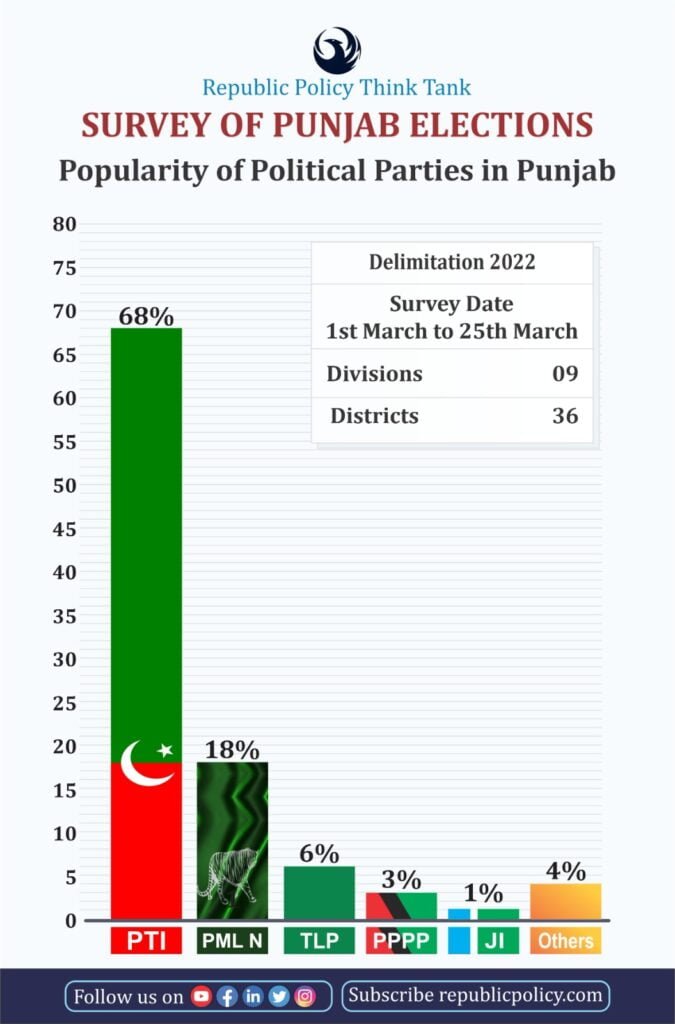
Constituencies are divided into union councils. UC is the primary source of information collection. Then, the sample size of each UC is at least 25. Target voters are students of colleges, universities, farmers, traders, business people, government officials, professionals and daily wagers, irrespective of gender. Government officials are specifically asked, along with Numberdars, revenue and police officials, and teachers. The organization of the sample is made representative of the professions, unemployed people and women.
There are different trends. PTI is extremely popular among youth, either boys or girls. It is pertinent to mention that the majority of the voters are youth. Traditionally, PTI was less popular among farmers, traders and the business community. However, this time around, PTI has gained popularity among all, especially the farmers. Among older people, especially women, where PMLN was once more popular, now it is not the case. The inflation has reduced the vote bank of PMLN among the old domestic women. PMLN is losing its support among traders and the small business community. The conservative right-wing vote of PMLN is also tilting towards TLP and PTI.
Vote Categorization
There are different categories of voters. However, most of the voters vote for inflation and the economy. Then, voters do tend to vote for Biradri/Dhara, surpassing their political affiliation. Recently, there has been an increase in pro-democracy votes. Religious and ethnic vote affiliations also persist.

The Popularity of a Political Leader
Imran Khan is Punjab’s most famous political leader, followed by Pakistan Muslim League political leaders (N). All political leaders of PMLN are placed in one category so that accurate measurement is done. Saad Rizvi of the Tehreek e Labaik Pakistan is Punjab’s third most famous leader.

Position of 297 Provincial Constituencies.
According to the survey (It is just a political trend of a small number of representative people), out of 297 Punjab Assembly constituencies, PTI is leading more than 220 PA seats, followed by PMLN with 50 plus seats, and PPP is leading 06 constituencies ( Mainly due to candidates). There are 15 strong independent candidates in 15 constituencies and 06 candidates of different political parties and cults who seem to be in the lead. However, the survey is entirely upon the party voting subject to other constituency political factors.
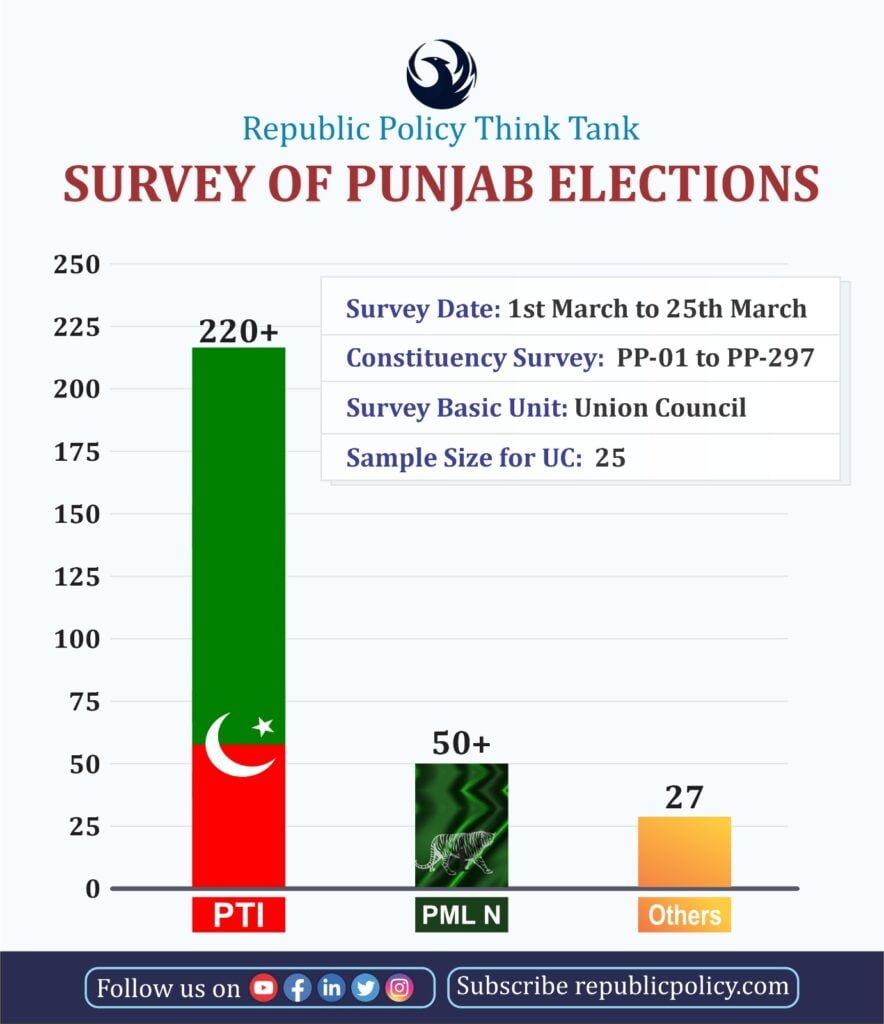
Factors To Win a PA Constituency
The fundamental factor to win a political constituency is the party ticket. However, in most of the constituencies, it is not sufficient. A combination of political party and choice of candidate is important. Then, the election campaign and polling day management is also equally essential.

PTI is way ahead in the northern part of Punjab, having Rawalpindi and Sargodha Divisions. PTI is also far ahead in Faisal Abad Division. PTI is also leading South Punjab, except for a few pockets in Bahawalpur Division. PPPP is strong in a few seats in Rahim Yar Khan and Multan, owing to two more prominent political families. PMLN seems marginally leading in Bahawalnagar and a couple of constituencies in Bahawalpur.
PMLN seems marginally strong in Sahiwal Division, including Okara and Sahiwal. PMLN is also strong in a few districts of the Gujranwala division, especially in Narowal. However, PTI seems to have a sweeping victory in the newly made Gujrat Division due to the Pervaiz Elahi factor. The Lahore division is equally placed, with PTI leading. Nonetheless, PTI is gaining, even in Qasur and Sheikhupura. However, it is only a political survey, and it should be treated strictly like a survey.
Significance of Electability of Candidates
The survey duration is from 1st March to 25 March 2023. It is not a candidate-based survey. One thing is essential due to the political popularity of PTI; all electables wish to take a ticket of PTI; therefore, it is not only the popularity of the PTI but also the strength of the electables, that makes PTI win the elections if held on 30 April, subject to other political and power factors. In the rural politics of Pakistan, electables are very important. There are multiple reasons for it. Financial resources, physical power and social capital, are essential. I have observed during my service in the police that rigging on polling day can create a big difference. Therefore, strong candidates are necessary to stop pre-poll and polling day rigging. The political capital of the candidates is also crucial. Candidates have invested their political capital among voters. They have got voters recruited in the Public service and supported them in the offices of police, bureaucracy and others. Therefore, despite a political party’s liking, many voters vote for local and personal considerations. Therefore, the election is a combination of the political party’s popularity and a winnable candidate’s selection. The survey is limited to political parties, and when candidates are final, a new survey shall also be conducted.

Lastly, constituency-wise surveys shall be published at republicpolicy.com in a few days. The surveys are rudimentary trends; however, the polling day only determines which party wins it.
The writer is editor at republicpolicy.com
He is retired police officer and heads the election cell of republicpolicy.com



